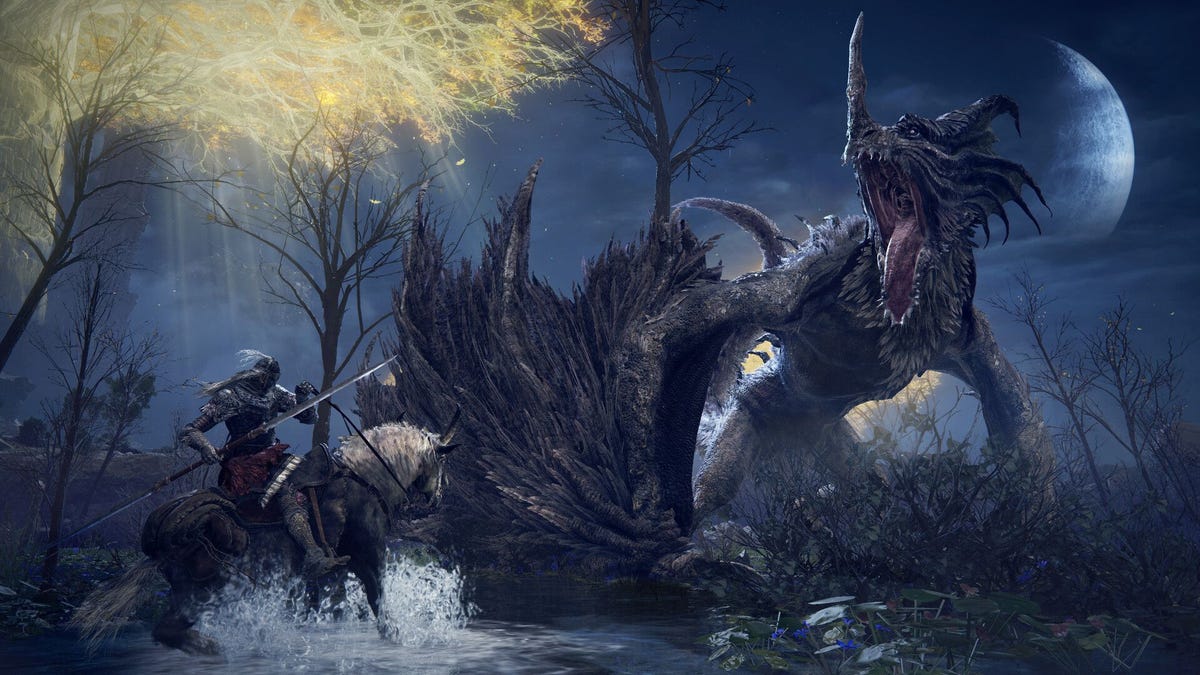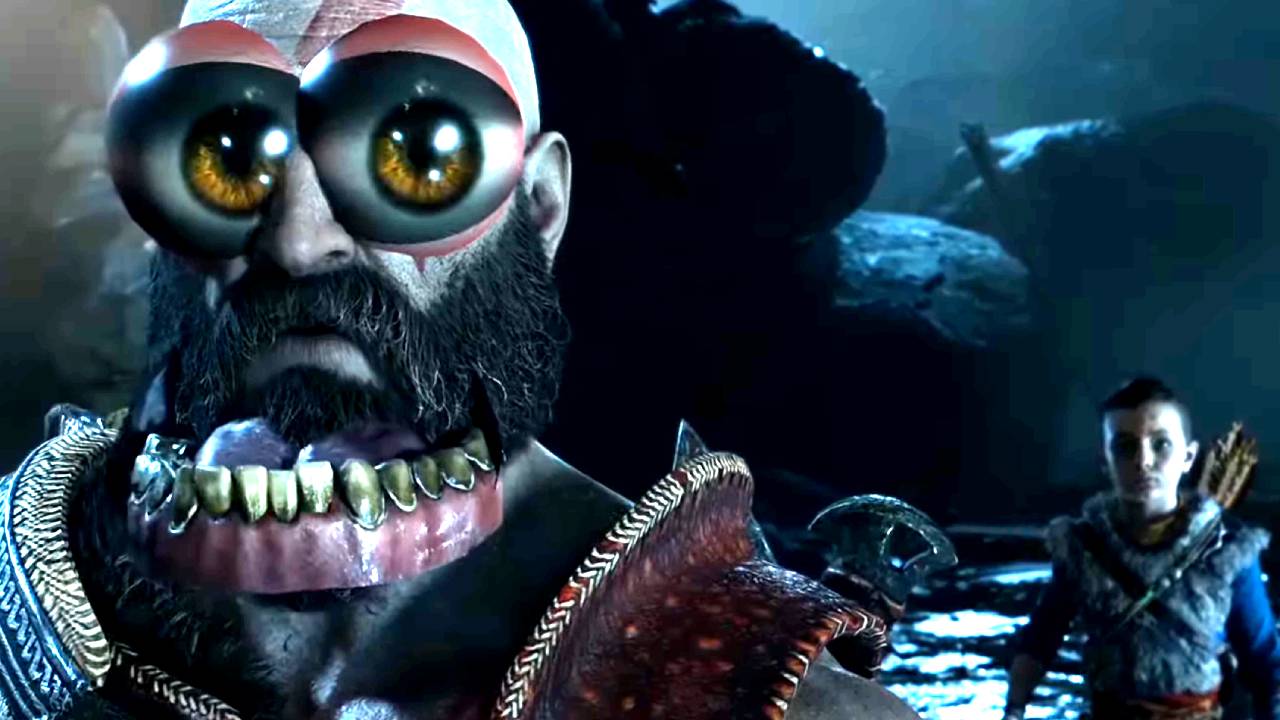The Grim Reaper’s scythe rarely falls on Treasure Hunters. The earth crumbles under their feet, arrows fly from walls and giant boulders pursue them, but these adventurous souls cannot be stopped until they uncover an ancient secret. Their expeditions are full of hilarious fun, but their stories always end the same: they live another day, and one less treasure is lost to the world. We know what we get from these series stories and we love them for it. But unlike Indiana Jones (who, at 73, is still chasing myth and legend) and Lara Croft (who is turning back the clock), Naughty Dog has said that Uncharted 4: A Thief’s End is the final chapter by Nathan Drake. The subtitle alone paints an ominous picture for the famous hero, but what does it hint at? He dies? Disappear without a trace? Retire on a mountain of gold?
This question makes A Thief’s End a ticking time bomb of a narrative. As this story unfolds, we see Drake’s entire life come into context – from key moments in his childhood that shaped him to the ordinary days he spends at home with his wife Elena. We get to know Drake better; we know what he sacrifices and what drives him.
Drake has settled down and seems content to spend the rest of his days working nine to five and driving home to visit Elena. The unexpected arrival of his presumed-dead older brother Sam brings Drake back to the treasure hunt. He’s reluctant at first, but Sam’s life is at stake, so Drake has no choice.
Naughty Dog paints Drake in an intriguing light, giving you enough scope to want to rescue him or strangle him – and I wanted to do both at different times in this adventure given the choices he makes. Even though we’re just starting to explore new sides of Drake and we’re just meeting Sam, there’s a sense of finality sewn into all of the character building.
On the one hand, it feels like the start of something new as Drake rediscovers life and the thrill of hunting with his brother. On the other hand, it feels like an ending where Drake recklessly throws everything away to hastily answer the call for adventure. The gamut shifts constantly between the two, and the emotional tension associated with those moments is one of Uncharted 4’s strongest elements. It’s one hell of a story caught between Uncharted’s patented “everything explodes suddenly and everyone screams” design switches to the slow and heavy emotional tone of The Last of Us. There’s clear inspiration from The Last of Us in Uncharted 4, and that’s why it’s a better game.
While Nathan and Sam take center stage for most of this journey, one of the most interesting characters is Captain Henry Avery, a dead pirate, whom we only learn about on notes and riddles scrawled on cave walls. It is remarkably well written by Naughty Dog and turns most of the mysteries into compelling story material. Avery has come up with the mother of all treasure hunts, which ends up being a fascinating reflection of a pirate in his prime and a fun breadcrumb trail to follow.
This hunt takes Drake to hidden corners of the world and often features ingenious puzzle contraptions that lead to quite fun and challenging gameplay moments. The spirit of adventure is alive and well in this installment and the revelations at the end are fantastic as they show the great lengths Avery went to to protect his treasure. It wouldn’t be fair of me to enumerate the locations that Naughty Dog brings to life, but they all have grandeur and spectacle, from the size of a picturesque landscape to the level of detail of a house players don’t even need to step inside.
A Thief’s End doesn’t have that big, iconic offset moment like previous Uncharted games (i.e. the train hits the cliff, the boat capsizes and the cargo falls off the plane) but succeeds as a collection of smaller “I can’t believe we survived that.” Sequences featuring collapsing houses, exploding armored vehicles, dangerously speeding motorcycles, and Naughty Dog’s artists pulling out all the stops to make every second of the action look as chaotic and beautiful as possible. As impressive as many of these moments are, the tension they convey has waned over the years. The thrill of a platform falling apart as soon as Drake lands on it doesn’t get the blood racing anymore – it’s an expected element that seems pretty commonplace in the fourth installment. Naughty Dog finds new ways to make things boom – it’s a lot of fun – but I was never hit by that one defining moment that I had to tell everyone about like I did in Uncharted 2 and 3.
The plot might feel a bit routine at times, but the sense of exploring lost worlds is amplified in this chapter. Environments are much broader, sometimes offering multiple traversals and optional areas. In previous Uncharted games, I just ran forward, following the linear path that was in front of me. In this game, many of the environments made me stop and analyze my surroundings and figure out how to navigate them. They offer a satisfying puzzle element that we’ve rarely seen in the past. The player now has some control over how a goal is met, and paths aren’t always easy to locate (although some object colors are used to guide players along).
Drake’s new grappling hook improves exploration and often comes with harrowing platforming sequences. It’s also fun to use. The claw is well used in combat and in solving puzzles. As forward-thinking as Uncharted 4 is with the new grapple mechanic, the levels offer an odd abundance of old-school tricky puzzles that sometimes feel like they’re just there to slow player progress. The platforming is as fast-paced as in the past and is often done in such a way that the world explodes around Drake. But even this element has lost some of its magic over time.
Some of the environments are so vast that they take on the illusion of open worlds, giving the player even more freedom to explore, often with a vehicle. These areas change the pace in a pleasant way and embrace the essence of the adventure in a slightly different way. Since Drake often hangs out with Sam (or other characters), light team-based gameplay is added regularly (think The Last of Us). Sam helps you reach ladders and crates, provides verbal feedback for navigation and puzzles, but his greatest contribution is assisting in combat.
He can tag and grab enemies, provide cover fire, perform melee moves with two teams, and is deadly with one weapon. Melee combat has been greatly improved, giving each strike a terrifying (but satisfying) punch. Gunplay is still a little loose, but enemies are smarter now, meaning Drake has to either rely more on stealth (which works well and is immensely satisfying when clearing entire zones silently) or pick targets strategically, before they advance, or flank. Combat never feels like thrown in duty. I enjoyed all of the encounters and found them surprisingly empowering, especially when Drake is effectively thrown at an enemy with the grappling hook.
The best Uncharted yet, A Thief End’s delivers a story I didn’t want to end and an adventure that ends with one hell of a payoff. The “wow” factor of the world exploding beneath Drake’s feet has diminished in the years since Uncharted 2, but those moments are still effective and a true showpiece of the developer’s exquisite craftsmanship in world and gameplay design. All four of Naughty Dog’s games culminate in A Thief’s End in a fitting and cohesive manner that fans should appreciate. I hate to see Drake go (especially when he’s in his prime), but I’d rather see him go to the top like he’s here than be tasked with making a crystal skull or some other poorly-crafted MacGuffin in decades to find.











